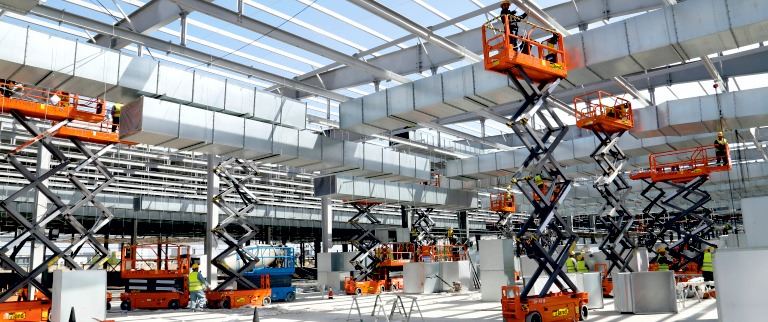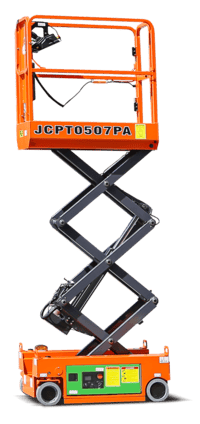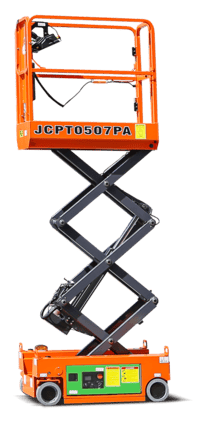January 23,2025
How do You Choose Your Scissor Lift Needs and Features?

Introduction:
Embarking on elevated tasks requires more than just a scissor lift – it demands knowledge about safety, operation, maintenance, and choosing the right lift for your needs. In this comprehensive guide, we explore the ins and outs of scissor lifts, ensuring you safely elevate yourself and your project.

1. What are the Safety Features?
- Scissor lifts have various safety features to ensure a secure working environment.
- Key safety features include guardrails, emergency lowering systems, and non-slip platforms.
- Always familiarize yourself with the specific safety features of your scissor lift model.
2. How do you operate a Scissor Lift?
- Before the operation, undergo thorough training on the controls, emergency procedures, and stability principles.
- Operating a scissor lift involves understanding the joystick controls, raising and lowering mechanisms, and steering.
- Ensure all safety protocols are followed, such as wearing personal protective equipment (PPE) and using harnesses when required.
3. How do you maintain a Scissor Lift?
- Regular maintenance is crucial for optimal performance and safety.
- Schedule routine inspections for hydraulic systems, electrical components, and overall structural integrity.
- Lubricate moving parts, check for leaks and replace worn-out components promptly.
4. How do you choose the Right Scissor Lift?
a. Identify Your Needs:
- Assess the height requirements, weight capacity, and nature of your projects.
b. Consider Working Environment:
- Indoor projects may benefit from electric scissor lifts, while rough-terrain lifts are suitable for outdoor use.
c. Evaluate Terrain:
- Smooth surfaces may call for slab scissor lifts, while rough-terrain models handle uneven ground effectively.
d. Review Weight Capacity:
- Choose a weight capacity lift that accommodates workers and equipment.
5. Slab or Rough-Terrain Scissor Lift:
Slab Scissor Lift:
It is ideal for indoor use on flat surfaces, providing a stable, maneuverable platform.
Rough-Terrain Scissor Lift:
It offers stability and adaptability for outdoor projects with uneven or challenging Terrain.

When you are looking for a Scissor Lift
- When considering Scissor Lift Rental, assess the rental provider's reputation and the specific features of the lifts available.
- Purchasing a Scissor Lift for Sale demands careful consideration of your long-term project needs and budget.
- Ensure the Scissor Lift Platform is spacious and secure for efficient and safe project execution.
- Trust renowned Scissor Lift Manufacturers and choose a reliable Scissor Lift Supplier for quality and durability.
- Opting for Scissor Lift Hire can be a flexible solution for short-term projects without a significant upfront investment.
- Exploring Scissor Lift on Rent options allows you to tailor your equipment to the specific requirements of each project.
Conclusion:
By understanding the safety protocols, mastering operation, performing regular maintenance, and selecting the right scissor lift for your needs, you elevate your projects and the safety and efficiency of your work to heights.
Commonly Asked Questions:
What are the types of scissor lifts?
What’s the application of scissor lifts?
Why Mtandt’s Scissor Lifts Are the Best Choice for Your Needs?